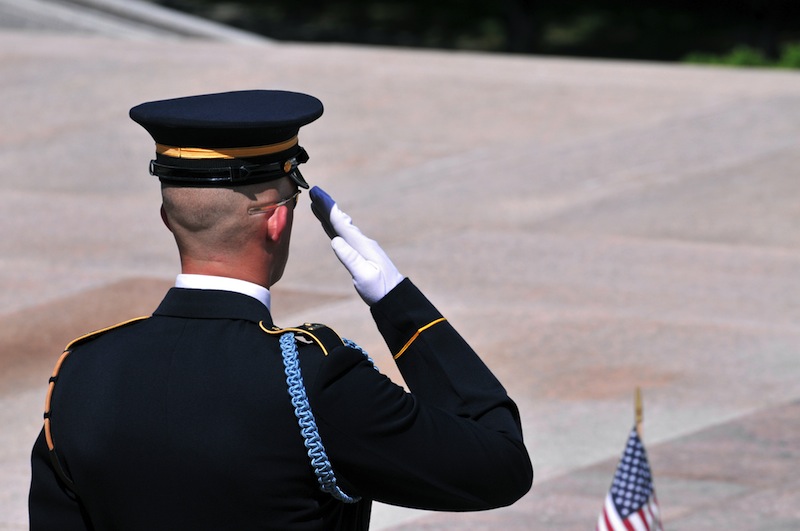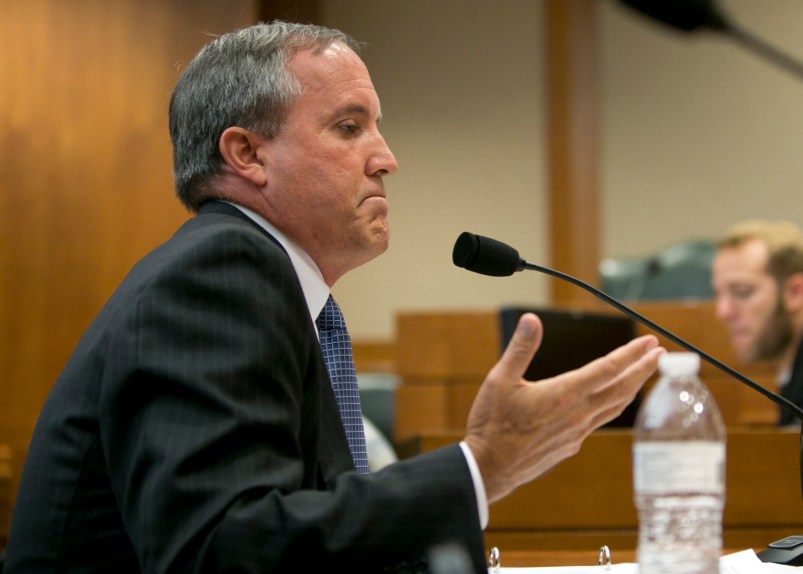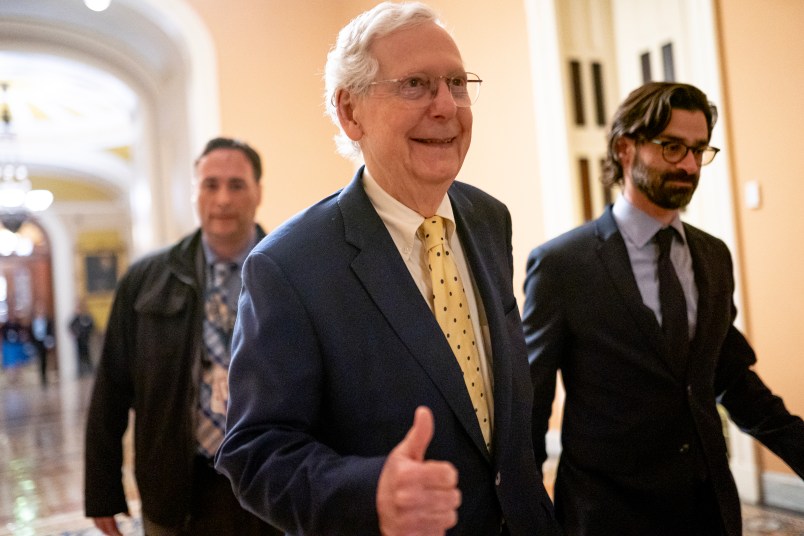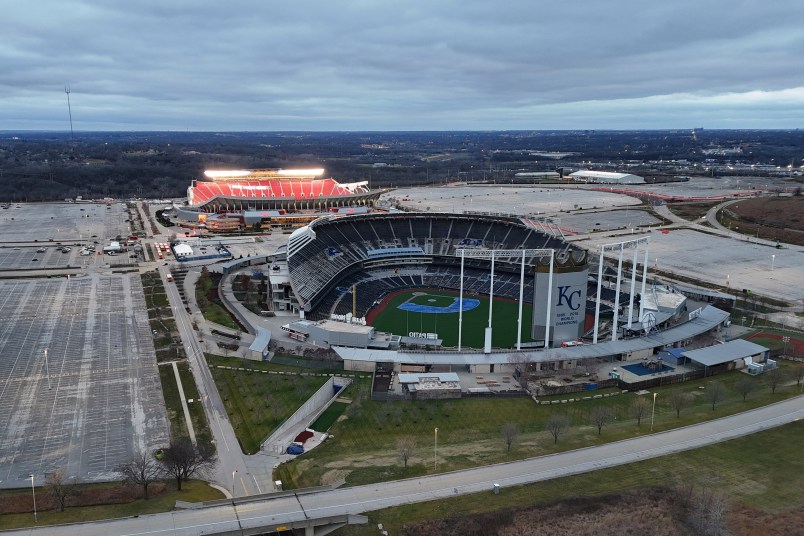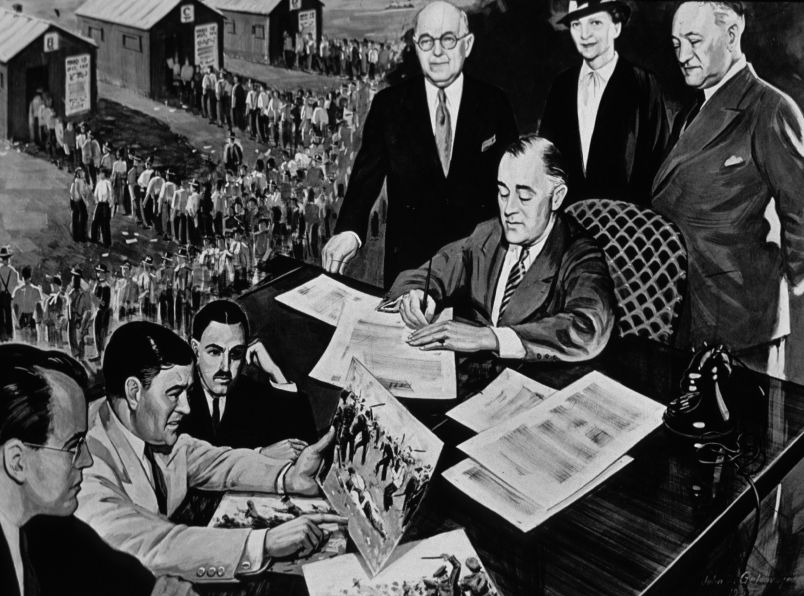On Monday morning, as the news of the tragedy at the Washington Navy Yard began to surface, I had a thought I’m certain I shared with millions of Americans – I hope it wasn’t a veteran. Unfortunately, in this case, it was a Navy reservist never deployed overseas.
But whether or not the alleged shooter was a vet begs the question — why do we associate acts like these with veterans?
One of the primary reasons that we have come to almost subconsciously associate violence — and in particular, large-scale violence — with our veterans, is that many in the media have encouraged an over-generalization and simplification for all of these tragedies. If you watched cable news coverage this week, the narrative quickly evolved into a “disturbed vet” trope: he had served in the military and may have been diagnosed with PTSD, there’s nothing too surprising about that. After all, who among us hasn’t seen movies like “Rambo”? With less than 1 percent of the population serving in the today’s military, it’s all too easy to think, “Oh, he was just another ‘disturbed’ veteran with PTSD. That makes sense.”
This irresponsible narrative is sadly not only inaccurate and cuts journalistic corners, but it’s also unfair to the millions of those who have served this country, in peacetime and in war, and who are contributing positively to their communities. It disregards the real stories that could and should shape a national conversation around mental health and our nation’s responsibility to our veterans.
We’re still learning more about the alleged shooter and the factors that may have contributed to this act. So much is still unknown. We are not sure whether the suspect actually suffered from PTSD. As more information is revealed, we are beginning to get a picture of a person with a very complex mental health history. We do not know what contributed to his alleged actions and, making a connection to his veteran past and attributing to any factor is pure speculation at this point.
Moreover, the narrative building around the suspect’s possible PTSD is playing on a negative, mass generalization of those living with PTSD. An estimated 13 to 20 percent of the nation’s 2.5 million Iraq and Afghanistan veterans have PTSD. Across the country, the National Institute for Mental Health estimates that 7.7 million Americans are affected by PTSD. No one person’s experience, no matter how sensational, can reflect the diverse stories of all these men and women.
The coverage of the Navy Yard shootings illustrates that we need to reexamine the assumptions that we have about PTSD. The pictures of the “Rambo” veteran with PTSD simply do not reflect the incredible contributions that veterans who have confronted – or who continue to confront — PTSD are making in communities across the country. It is in fact insulting to the nearly 100 percent of veterans who do not commit murderous acts.
Sadly, the positive stories of veterans are not told enough. Let me tell you about two extraordinary veterans, Will Simmons or Jason Ayala.
Will served six years in the Air Force and was deployed twice, once to the United Arab Emirates and once to Iraq. Will found coming home incredibly difficult and was diagnosed with PTSD. He said he was at a “really low point” but – with the support of friends, family and the veterans community – has managed the challenges of invisible war wounds. Today, he is married, has a steady job at a pharmaceutical company, and is a Leadership Fellow with IAVA. Watching the news coverage of the shooting, he said he has been offended by the PTSD generalizations made by members of the media toward the veterans community.
Jason is an Army veteran from Sun Valley, California who served two tours in Iraq. During his deployments, he helped with convoy security and dealt with IED attacks. After returning stateside, he experienced a downward spiral, but sought out help to manage PTSD. Today he continues to confront invisible war wounds, while holding a job and raising a family.
We should hear more about veterans like these – instead of focusing on the negative stereotype of a “disturbed veteran.” He in no way should stand for an entire community that has displayed honor and courage.
The negative coverage is dangerous for another reason, as it undermines the continuous efforts to eliminate the stigma surrounding seeking mental health care. Already, many veterans are worried about how seeking mental health care will impact their family relationships or job prospects. The assumptions forming around the focus on the suspect’s potential PTSD only reinforce these negative stereotypes and may damage the work being done to encourage veterans to seek help not just for PTSD, but for other mental health issues as well. These messages carry over to the entire population, and so it’s not just veterans who are having these stigma reinforced, but an American public that is increasingly distant from the military.
This isn’t a veterans issue alone. The Center for Disease Control estimates that 25 percent of American adults have a mental illness and that 50 percent will be diagnosed with a mental illness in their lifetime. But moving towards a broader understanding will help veterans transition home and into careers where employers better understand PTSD.
After more than 10 years of war and too frequent reminders here at home, isn’t it time that America turns the focus from sensationalism and instead has a frank conversation on veterans mental health?
Bennett is Chief of Staff at Iraq and Afghanistan Veterans of America. He is a former Army Captain, who served two tours in Iraq. Follow him on Twitter at @dhb00.





